Advertisement
Commentary
I learned to love Boston from the banks of the Charles River
Resume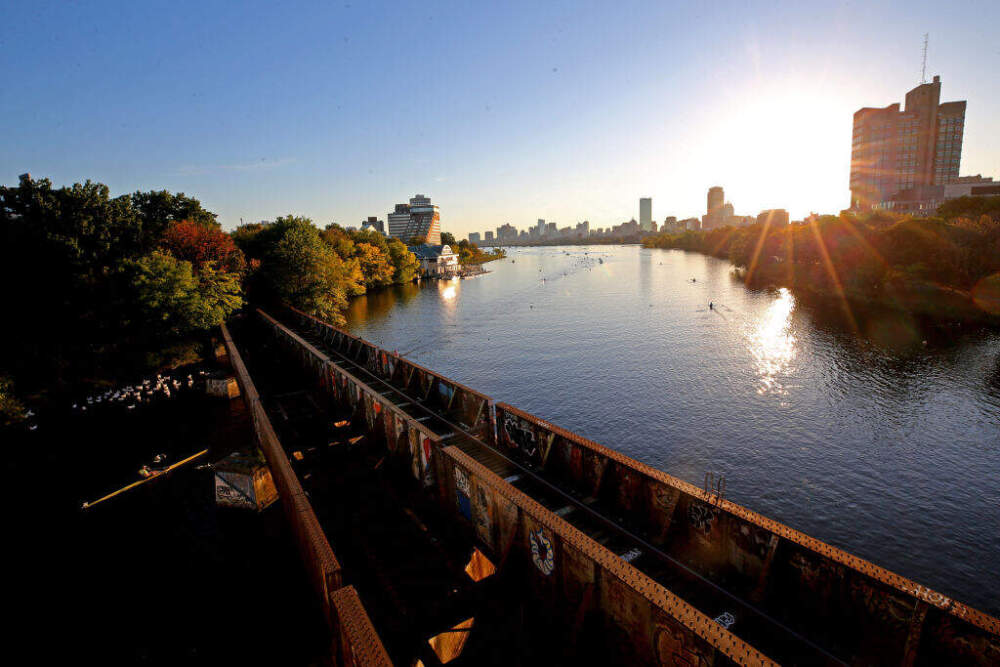
My preferred vantage point for watching the Head of the Charles Regatta is Eliot Bridge, just upstream from Harvard Square. There, you’re close enough to the flag-festooned Cambridge Boat Club to hear the loudspeaker identifying the boats as they churn by, and you can see the rowers navigate a tight oxbow turn as they jockey to thread through the bridge's arches.
It's been over a decade since I rowed the race, but I can still recall the rush from knowing that the Eliot is the last of the course's seven bridges — the finish line is a few hundred muscle-burning meters beyond the next bend.
The regatta is an October spectacle, bringing to Boston thousands of spandex-clad rowers, a rainbow of racing shells, and world-class athletic competition. But I’ve come to see the river itself as the event's featured attraction. The course follows a series of sweeping meanders punctuated by graceful bridges bounding bank to bank. The Charles is the shining centerpiece around which the racing revolves.
I’ve lived within a mile of the river for over 40 years, and it has profoundly shaped my experience of the city. As you spend more time around Boston, the Charles infuses into your consciousness.
When I moved here in the 1970s to take my first job out of college, the river's notorious reputation for "dirty water" was genuinely deserved. Antiquated sewer systems and centuries of industrial dumping had made the river a national punchline. I limited my interaction with the noxious, latte-colored water to pedaling along the newly constructed bike path on the Cambridge side.
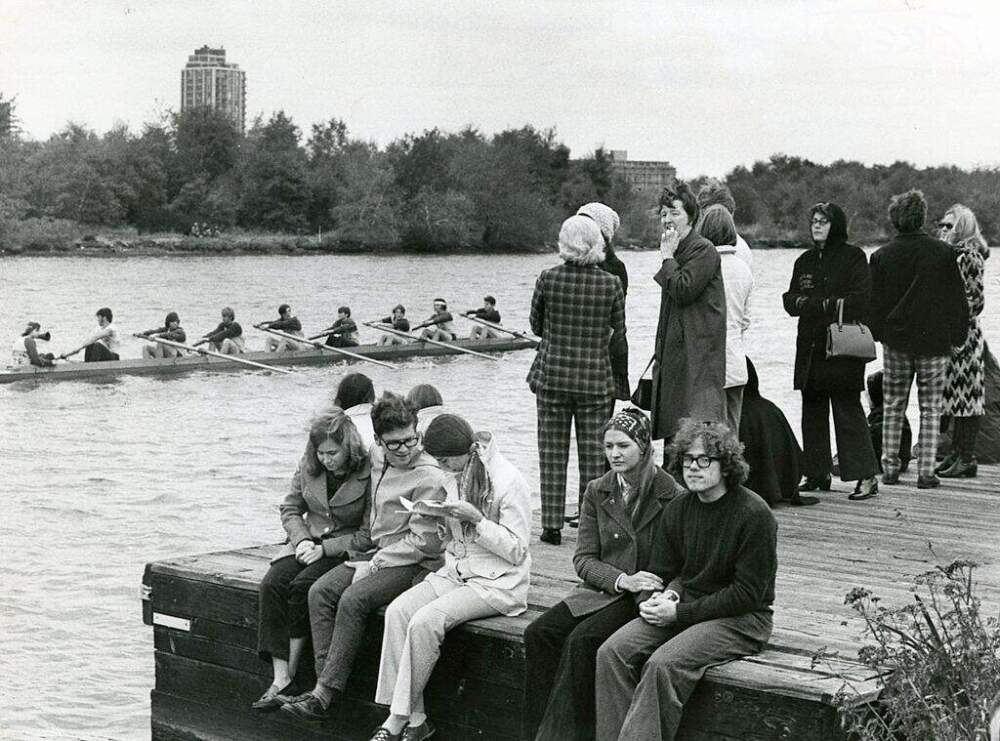
Today's vastly cleaner Charles is one of the nation's outstanding environmental success stories. A lawsuit brought in the early 1980s by the Conservation Law Foundation against the commonwealth and the city of Boston led to the creation of the Massachusetts Water Resources Authority, which oversaw the renovation of much of Greater Boston's sewer system.
The transformation has been dramatic. Bacteria levels throughout much of the Charles's watershed now meet swimming standards on a good number of days each year.
As the river’s health steadily improved over recent decades, my natural affinity for water and open space led me to deepen my engagement with it. I began working with the Charles River Conservancy to pick up litter, paint benches, prune trees, and clear invasive plants. I started volunteering with the Charles River Watershed Association to collect water samples for its monthly monitoring program.
I found myself drawn to the river not only for recreation but also because I felt a connection. It became both a place for a walk with a new friend and a refuge for solitary contemplation in difficult times. When my mother died, the river consoled me. It became my reference point, the physical and cultural locus through which I understood my adopted hometown.
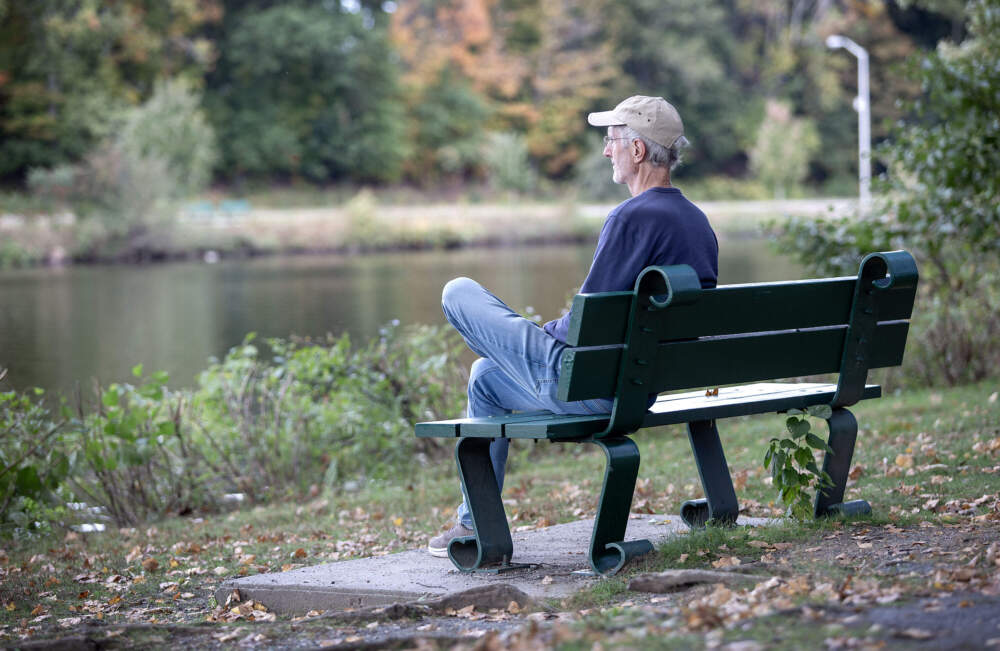
As I turned 50, learning to row at Community Rowing brought me to a new level of intimacy with the Charles. A rower views the river from a unique perspective that you must experience to appreciate fully.
Rowing on the Charles in the quiet of predawn, you sense the river's banks pulling on the broad black sheet of water. A bass breaks the surface with a sudden splash, and from above comes the machine-gun rattle of a belted kingfisher darting tree to tree. Painted turtles emerge onto bare snags, anticipating the warmth of day. A black-crowned night heron meditates on its prey at the water's edge.
As a rower, I experienced these surroundings while facing backward, often while making a prodigious effort to propel the boat forward. Sometimes I was in a boat with eight others – one of whom was loudly demanding ever more exertion from the crew. The colliding impressions in this sensory storm coalesced into my notion of what the river signified to me. The more I interacted with the river, the more it contributed to my conception of the city.
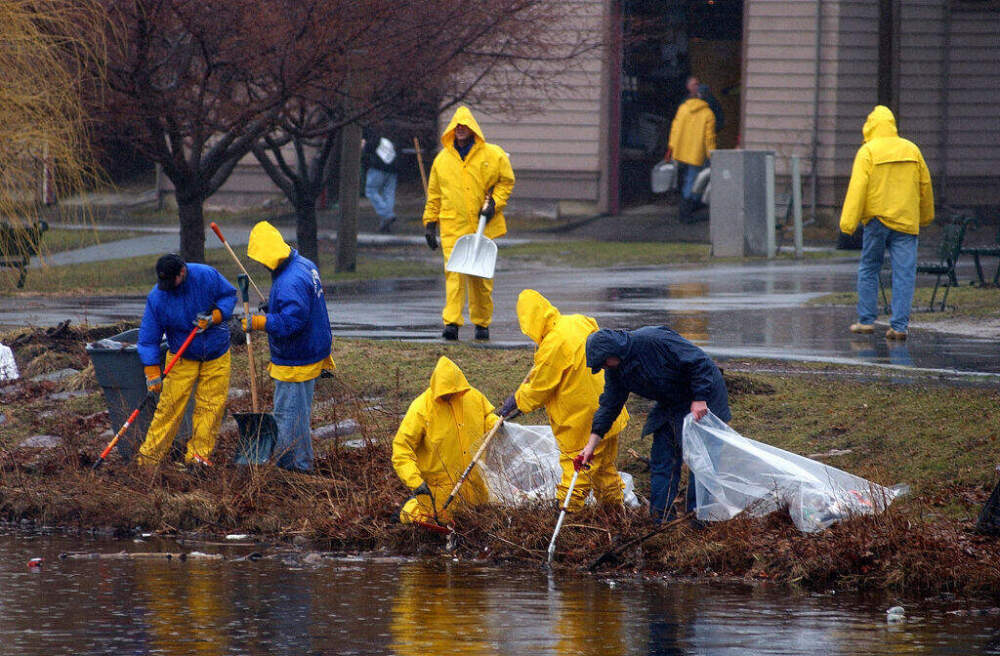
As I got to know the Charles better, I learned that its modern form is a human invention. The 19th-century brownstones of Back Bay sit on gravel-filled tidal marshland where the indigenous Massachusett people built fish weirs. The construction of the first dam at the harbor in 1910, where the Museum of Science now stands, enabled the engineering of an urban river inspired by waterways in Europe. The Basin, formerly mudflats twice daily, was transformed into the present-day artificial freshwater lake.
Urbanization has also influenced plant and animal life along the river. The common carp, introduced long ago and loved by anglers, is a bottom feeder that disrupts the spawning beds of indigenous fish like yellow perch and pickerel. Invasive plant species clog the river’s parkland: Bittersweet, phragmites, Japanese knotweed, tree of heaven, and black swallow-wort, to name only a few.
And a solution to the persistent sewage problem remains elusive. Stormwater and sewage still share the same pipes in some parts of the system. Torrential downpours this past summer — a hallmark of climate change — overwhelmed the system’s capacity on several occasions and resulted in the release of many millions of gallons of minimally treated sewage into the river. Incredibly, we're still flushing toilets directly into the Charles River (and the Mystic) when heavy rainfall swamps outdated sewer lines.
Several sewer outfalls discharge into the Head of the Charles racecourse — but don’t let that dampen your enthusiasm for the regatta.
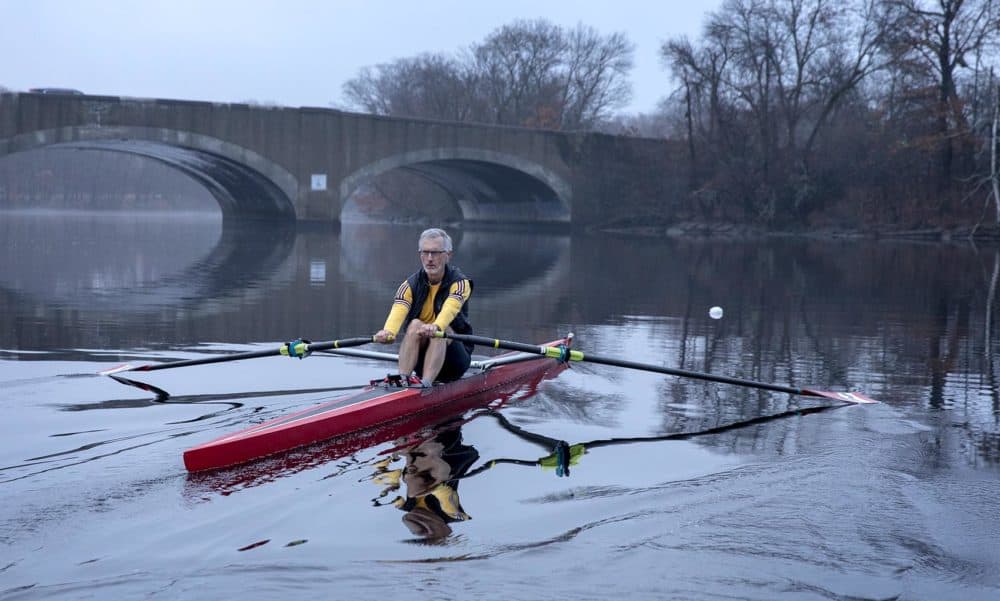
Experiencing the Head of the Charles will spark a desire to know more about this imperfect waterway, its flora and fauna, and its checkered environmental history. Bostonians discover their own ways to connect with it — running on its paths, paddling a kayak on its waters, or simply pausing on a bridge and taking in its reflections.
“A river touching the back of a town is like a wing,” said Henry David Thoreau, and I think I know what he meant. Through my years living on its banks, the Charles has lifted me up with its resilience, its beauty, its constancy. It has permeated my experience of Boston and enlarged my understanding of where I fit within it. The accumulated memories and meanings I’ve taken away have enriched my sense of place.
And it can do the same for you. The river makes the city yours.
This segment aired on October 20, 2023.
